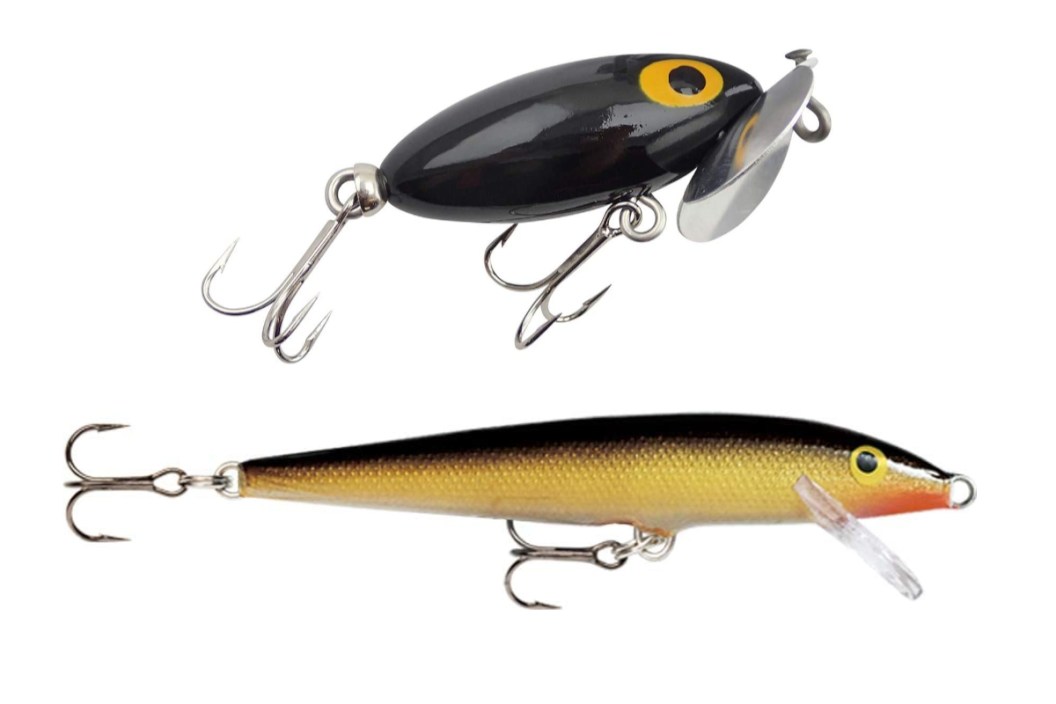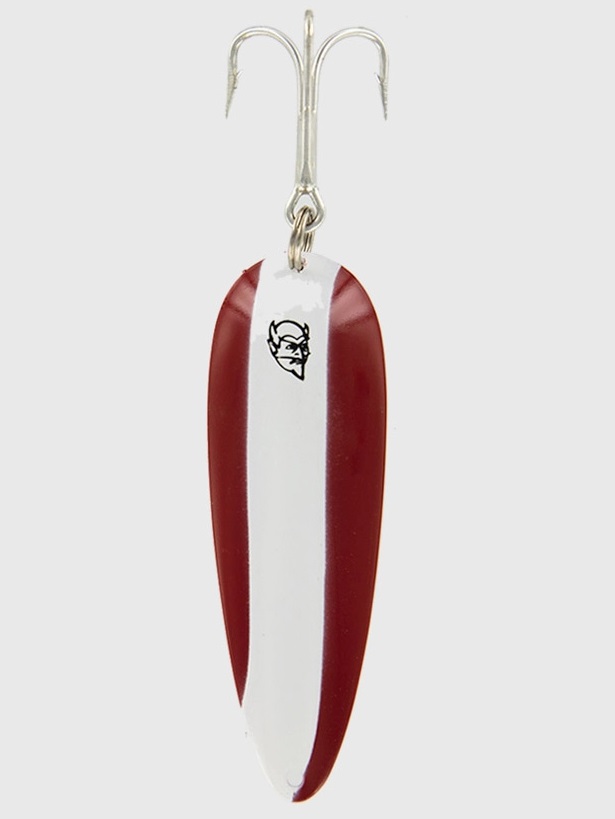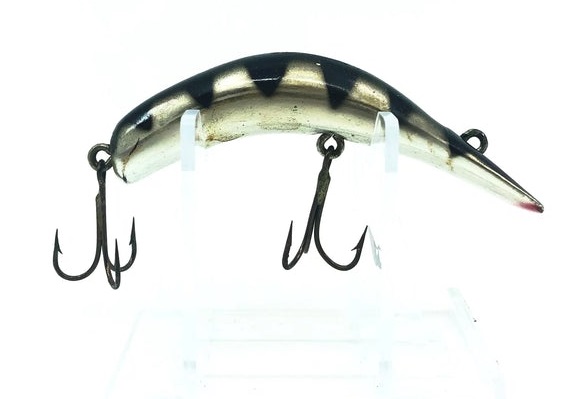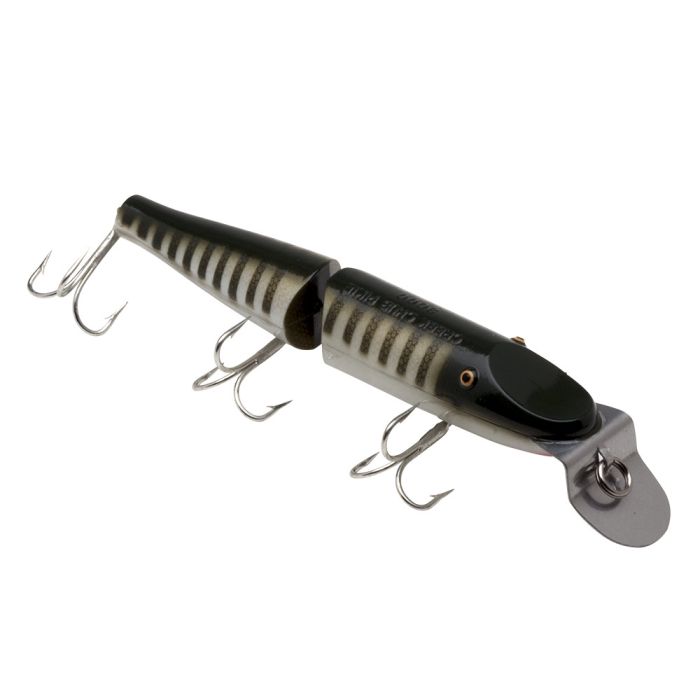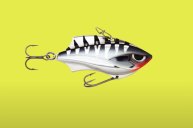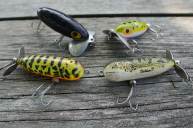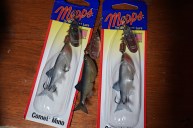These fishing lures have stood the test of time.
Ever since the first artificial lures were carved out of simple wooden blocks, anglers have constantly been trying to construct a better fishing lure. As we learned when we visited the Berkley fishing lure factory in Iowa last year, the business of lure designing is more elaborate than ever. These days designers use computers and tank testing with captive fish to capture literally thousands of datapoints that are then used in the design of new baits.
Indeed, things have come a long way since James Heddon tossed a whittled stick into a nearby lake near Dowagiac,
MI in the late 1890s. Local legend says the stick hitting the water elicited a strike from a bass. It was this moment that allegedly was the lightbulb moment that gave Heddon the idea for the first wooden hardbait. It was shortly after he began designing and selling his own artificial lures.
Thus started the artificial fishing lure revolution. Over the next century, hundreds of fishing lure companies sprang up and many classic designs were unveiled. While there are tons of fishing lure designs that have come and gone over the years, the good ones are still around. These are classic fishing lures that are still around, and will still catch fish, sometimes 50 years or more after they were first unveiled to the world.
Zara Spook

Since we already mentioned Heddon, we might as well start with a Heddon lure. The Zara Spook is one of the simplest lure designs ever with its signature cigar or torpedo shape. However, twitching your rod tip gives this lure a tantalizing side-to-side action that many predatory fish find hard to resist. This lure is the reason the "walk the dog" topwater retrieve exists. Over the years many new colors, sizes, and even saltwater variants have been introduced. It's still a great lure that can be used to cover a lot of water quickly. And it just plain works.
Rat-L-Trap
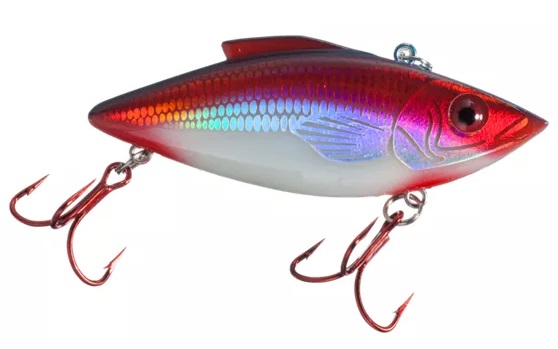
Perhaps no lure has caught more pre-spawn bass than what is arguably the greatest lipless crankbait ever made. The story of the Rat-L-Trap is a true American success story. It was designed in 1960s by Bill Lewis, a bomber pilot who served his country flying more than 30 missions during World War II. It took him a while to get his foot in the door of the fishing industry, but the simple design of the Rat-L-Trap has proven truly timeless. There are now literally hundreds of size and color combinations to choose from. Our favorite part of the Rat-L-Trap story is how Lewis named his creation after his junky and noisy Ford station wagon. Perhaps the most amazing thing about this lure is they are still made and painted by hand right here in the U.S.A.
Dardevle Spoon
The Dardevle still looks good for its age, it's over 100 years and counting. Lou Eppinger designed his first spoon in 1906 and spent the next 12 years refining the design to the classic red and white design anglers know and love today. According to their website, the name "Daredevle" came from the 4th Marine Brigade during World War I, which led a major victory against the Germans in the Battle of Belleau Woods. The marines had the nickname "Dare Devils" with U.S. allies, and Eppinger adopted the name for his new lure. Since they first went on sale, Dardevles have count countless northern pike, muskie, trout, and bass. It proves a classic design never goes out of style.
Lazy Ike
This lure may be funky looking, but it has consistently produced big pike and bass ever since it was first introduced back in the late 1930s. The first Lazy Ikes were carved by Newel Daniels. The Iowa fisherman personally hand-carved all the Lazy Ikes made from 1938-1940. The Lazy Ike Corporation founded by Austrian Immigrant Joseph Kautzky took over the rights to the lure which were then made using a lathe around 1945. The wooden Ikes were made until around 1960 when plastic took over. Millions of Lazy Ikes have been sold over the decades and this lure still produces big fish for the few anglers lucky enough to rediscover this somewhat underrated classic.
Rooster Tail
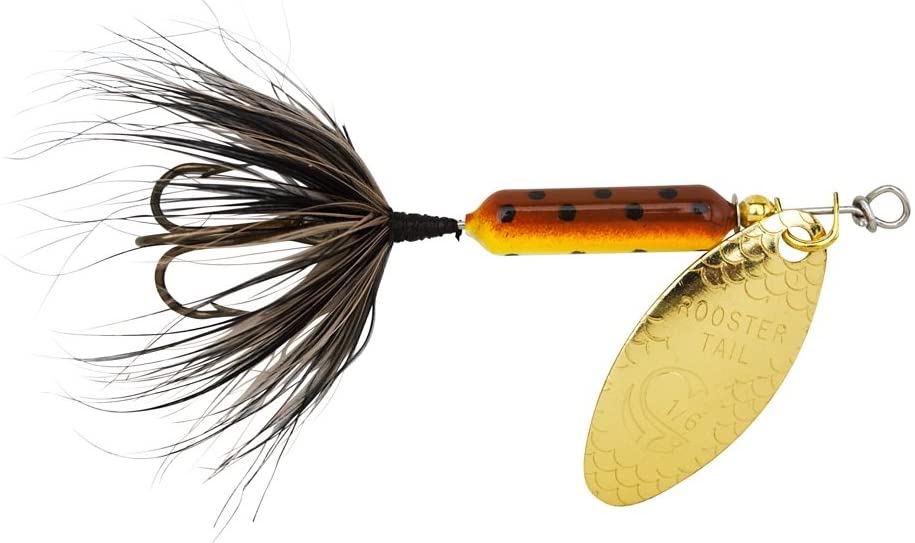
If you want to talk about the most versatile fishing lures ever made, the Rooster Tail in-line spinner from Worden's is near the top of the list. First introduced in the 1950s, the hackle tail and spinning blade are a perfect combination for action fish find hard to resist. You can jig it through the ice, you can cast it in a mountain stream, or you can even troll it. These days the Rooster Tail is made in more than 100 different color combinations, making it an awesome multi-species option. When all other lures fail, toss a Rooster Tail and odds are, you'll catch something.
Rapala Original Floater

Another multi-species classic that will catch just about anything that eats minnows and other small baitfish. Founder Lauri Rapala built his first floater in Finland using cork and tinfoil back in 1936. The company was strictly regional until around 1955 when some of the first lures were exported to Sweden and Norway. Not long after that, the company really took off with the original floater leading the way. Today this lure is available in dozens of different variations and colors to fit virtually any fishing situation. It's a great lure to start with on a new body of water where you're not quite sure what is there because it appeals to so many predatory gamefish.
Arbogast Hula Popper
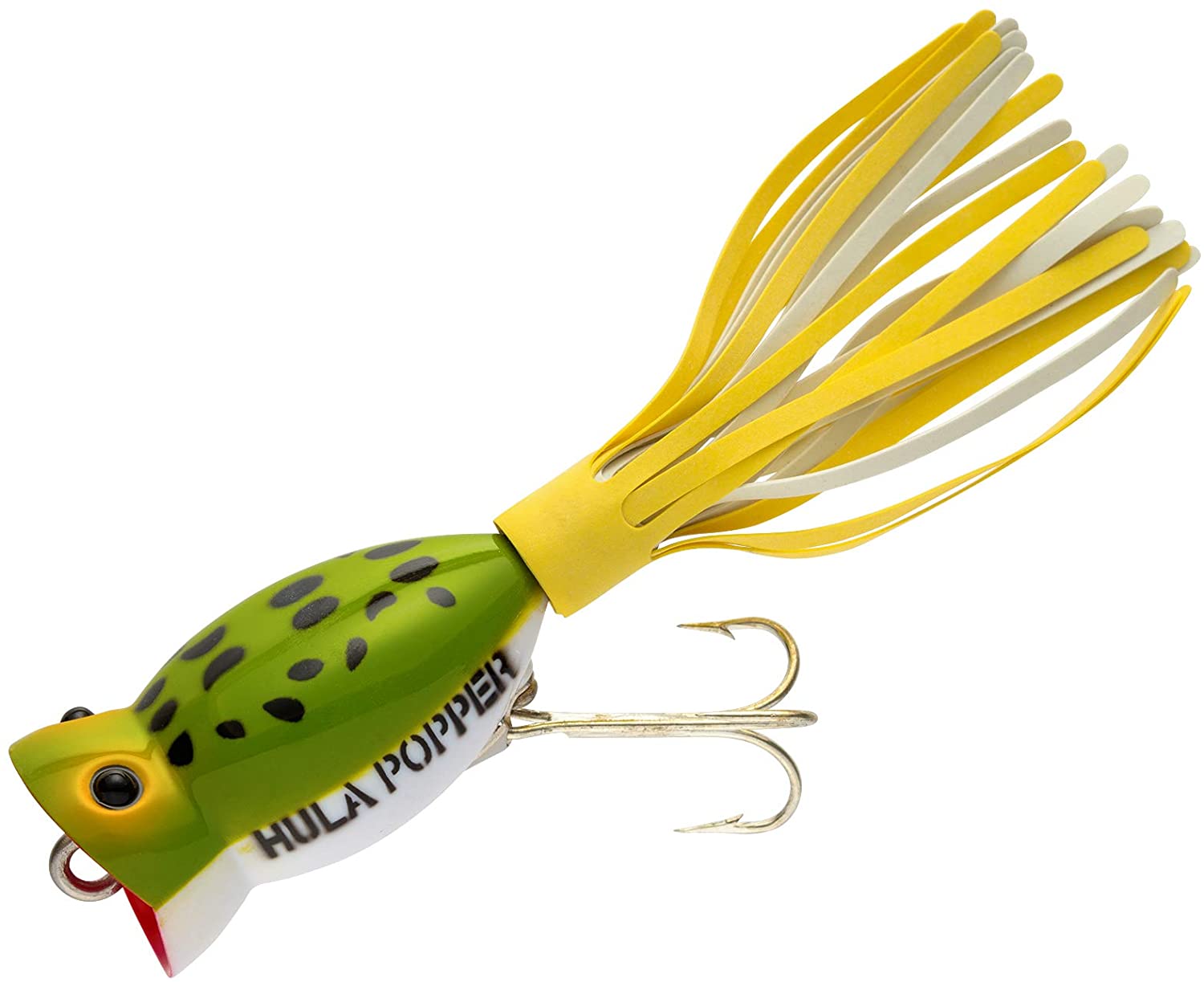
This iconic topwater lure has inspired a million knock off products. Fred Arbogast was a man who turned his passion for fishing into a career. He designed the Hula Popper with its distinctive rubber skirt in the late 1930s in his basement workshop. That pulsating action of that rubber skirt combined with the noisy splash created a combination that's hard for fish to resist. Today the Hula Popper is available in a plethora of sizes and colors to fit almost any topwater situation. Sadly, Arbogast didn't really live to see the full impact of his designs. He died in 1947 just as his company was expanding their factory. The good news is he'll likely be remembered forever because this is a design that just plain works.
Arbogast Jitterbug

Most lure designers are only known for one iconic bait. Arbogast is known for two of the greatest topwaters ever made. Aside from the Hula Popper, his other great creation was the Jitterbug. This bait's signature oversized lip provides the perfect amount of splash and flash in retrieves. We personally love the black colored baits as the most exciting night fishing lure ever designed. These days the Jitterbug is available in dozens of sizes and color combinations. There is also a jointed body version that gives an already great lure even more noise and action.
Smithwick Devil's Horse
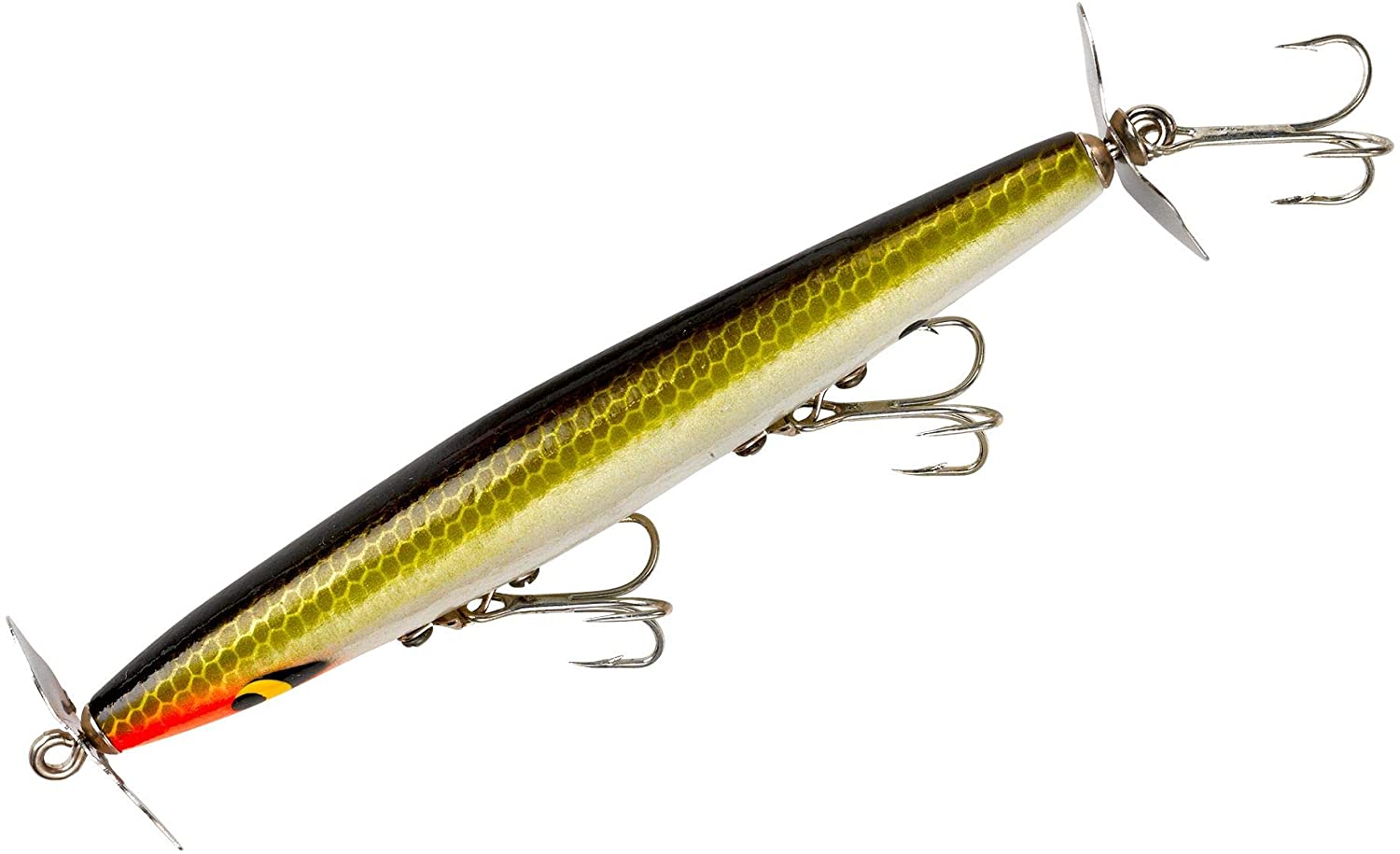
Besides having an awesome name, the Devil's Horse started like many of the lures on this list, as a creation of the company's founder in his own home. Jack K. Smithwick carved the first Devil's Horse in his kitchen in the late 1940s. Smithwick didn't intend to get into the lure business. He was carving them for fun. However, he started giving them out to customers while doing his day job as a salesman. The lures proved popular and a few years later, he started mass producing the Devil's Horse. The props on the front and rear of this bait give it a tantalizing splashing action that appeals to a variety of gamefish species. The first Devil's Horse lures were made out from broom handles. These days they're made of more modern materials, but the fish catching ability remains.
Creek Chub Pikie Lure
Although this lure looks a little crude compared to today's standards of photo-realistic baits, the Pikie is still in use today because it's a proven pike and muskie killer. First introduced back in 1921, the Pikie has proven its worth by catching numerous world records. One could argue that almost every joined lure ever designed since first got the idea from the jointed Pikie. We also love the versatility of this bait. The Pikie works great for both casting and trolling. If you are planning a pike or muskie trip, a jointed Pikie is a must for your tacklebox.
Products featured on Wide Open Spaces are independently selected by our editors. However, when you buy something through our links, we may earn a commission.
For more outdoor content from Travis Smola, be sure to follow him on Twitter and check out his Geocaching and Outdoors with Travis YouTube channels.
NEXT: PETA IS NOW GOING AFTER FISHERMEN
WATCH
